
King Hit
The making of musical theatre’s 2500-pound gorilla of a show.
Text:/ Marcus Pugh
I was first introduced to King Kong back in 2011 while delivering some lighting equipment to the Creature Technology workshop in West Melbourne. In one corner of the 9000sqm warehouse sat a scale model, one quarter of the size of the gigantic silverback gorilla which is now wowing audiences in Melbourne’s Regent Theatre. Back then the warehouse was occupied by a weyr of dragons waiting to be unleashed on the world in the How to Train Your Dragon arena show. By the time I was aware of Kong as an upcoming theatre show, the team at Creature Technology (who make the creatures) and Global Creatures (who produce the shows) were already three years into the journey of bringing the gorilla to life on stage.
HOW TO TRAIN YOUR GORILLA
King Kong Live on Stage represents one of the most ambitious, expensive ($30m according to rumours) and longest pre-production periods for a show in Australian theatre history. It was Global Creatures experience in large-scale animatronics like Walking with Dinosaurs and How to Train your Dragon which made them the only company with the ability to bring a 1.1-tonne, 6m-tall primate with an 8m arm span to life right in front of a live audience. The production design has also brought together some amazing technology from each of the technical departments.
Just like the secondary characters (the humans) from the 1933 film, King Kong has been an ambitious journey for the team from Global Creatures to tame a supernatural beast. While they didn’t have to travel to Skull Island (although they will hopefully be travelling to another island in the Hudson River) they did amass a world class team of designers and technicians at the forefront of their disciplines, to embark on this adventure.
… ALL THE KING’S MEN
The idea of a live stage version of King Kong was first conceived 2008, but the serious business of design and development didn’t kick into gear until 2010. Creature Technology headed up by Sonny Tilders and his team of 50 specialists drew on their experience with building dinosaurs and dragons to help create the star of the show. The ‘eighth wonder of the world’ is brought to life through a unique mixture of stage automation, animatronics and marionette operation.
Technical director Richard Martin commenting on the differences between Kong and their previous monsters “We use the automation (pre-programmed actions) to do all the gross moves around stage, including lift/lower and rotate, while the marionette work (undertaken by the puppeteers known as the King’s Men) bring his limbs alive, and then we layer in the animatronics (voodoo) to do all the finessing required to endear the creature to the audience”. The voodoo system is a live control method that Creature Technology have developed over the years as a means to manipulate the many moving parts in their animatronic creations, to add more live and organic movement to the performance. It works through the operators, who each have a custom 3D-printed control platform (kind of like a very complex video game controller), which controls particular parts of the creature. Kong has three voodoo operators: one who controls his chest, another for his shoulder movements and the third for his face.

GORILLA IN OUR MIDST
It is a difficult mix to create a monster capable of scaring the audience with his size, but at the same time has sufficiently subtle facial expressions to make the same audience empathise with his plight as the story progresses. Kong’s facial expressions are created by 15 industrial servomotors (the same ones used on NASA’s Mars Rover) and two hydraulic rams which are all controlled via the voodoo system. The stage automation is by PRG (Production Resource Group) and the Kong apparatus which allows him to move about the space is by Stage Technologies from the UK.
The final design of Kong was arrived at after building four models of differing scales, plus two previous full-size versions. One of these was fully-automated and completely controlled via automation and a voodoo system, but director Daniel Kramer wanted an even more organic and ‘live’ approach to the movement and this was the point in the development that the more traditional puppetry was integrated into the to the design. At one point Kong has 10 of the puppeteers known as the King’s Men, onstage controlling different aspects of his 50 points of articulation.
APE STATS: SIMIAN TO THINK ABOUT
Kong’s skin and musculature is made from many different materials layered over his main aluminium skeleton. The muscles and joints are created by a mix of bean-filled and inflatable bags which makes the outer skin wrinkle and stretch in a more realistic manner. The giant simian contains over 300 metres of cable with 1500 connection points and 16 microprocessors, plus a silent German-built hydraulic liquid-cooled compressor at his core. While his main torso and head is supported by a welded steel frame flown from the custom apparatus above, his arms are made rigid by aluminium ‘bones’ which makes them light enough to be manipulated by the King’s Men while still appearing to weigh much more than their mere 60kg each. Richard Martin again: “On Kong we allow the voodoo operators access to the controls so they can constantly keep Kong ‘alive’. You never want to see a creature onstage that is not moving. He must keep breathing, moving, and have life.”
In late 2012 it was time for Kong to journey from his birthplace in West Melbourne to his current home; the Regent Theatre in the heart of Melbourne, which has undergone some amazing transformations of its own. Most large musicals take time to load in and there are inevitably some alterations needed in the venue, but King Kong took this to the next level. It took six months to load in, the longest ‘in’ of any live theatre production staged in Australia. To accommodate this show, the team removed the orchestra pit, all the under-stage offices and the entire stage surface. Overhead they removed all bar a handful of fly lines, giving a total of 23m of vertical space for Kong to play in. They installed an entire new gantry level which extends out over the stage leaving a hole for Kong to hang and move through. This gantry is the launching point for all of the flown talent (there are 50 harnesses used in the show) and also supports most of the lighting rig.
Twenty tonnes of steel work was installed to support the production and they discovered during the load in that they had max’ed out the existing 1200A mains feed and still needed to find a further 400A which was sourced through another feed from the basement. Custom rigging was supplied by PRG USA and HES (Hoisting Equipment Specialists) from Melbourne. The auditorium seating has been raised for an improved viewing angle and in the process they converted an unused area under the seating into the band room and rehearsal space. While it will take some time after Kong vacates the Regent to get it back to its original state, this production will be leaving a legacy of improvements that will benefit future productions.
“”
we allow the voodoo operators access to the controls so they can constantly keep Kong alive

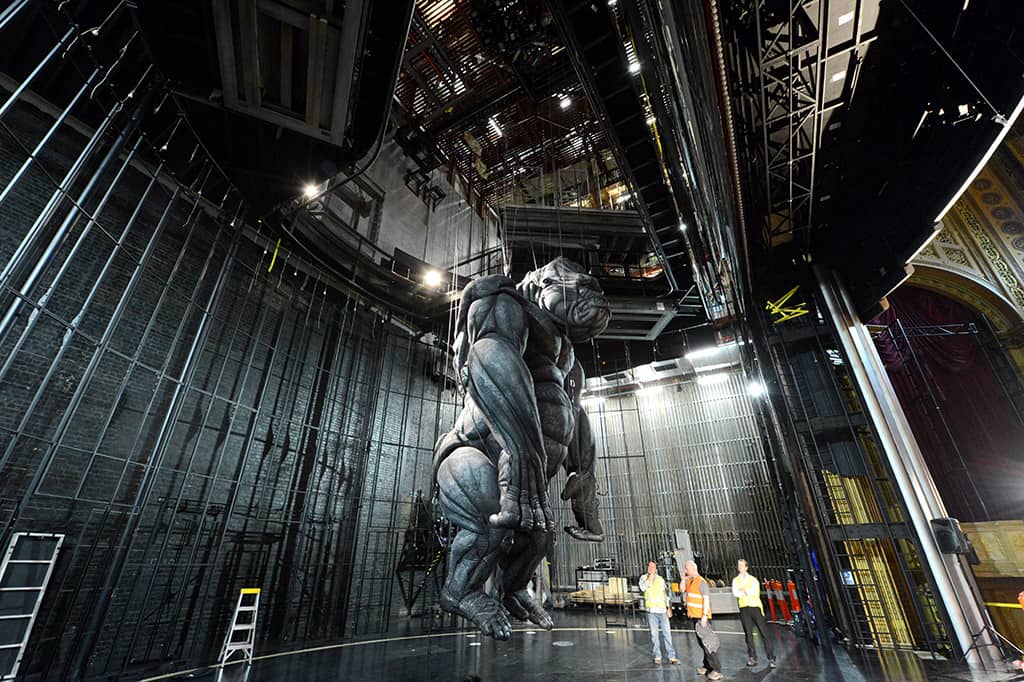
MORE THAN A MONKEY
Not to be outdone by the massive monkey, the projection, sound and lighting departments all bought some pretty impressive tricks along for the adventure, even the 36-station Leon cue light system is running custom software. All these elements work together through what is called the ‘show control backbone‘ which sends SMPTE timecode and MIDI signals to each of the consoles to allow accurately synched cueing. This is a system that Global Creatures has been perfecting since Walking with Dinosaurs. “And I think we have finally worked out the best way now with Kong,” commented Production Electrician Ken Roach.
Projection design was in the hands of by Berlin-based Frieder Weiss and encompasses an impressive 12mm pitch, 27m wide by 8.4m high LED screen which is just under 4.5 megapixels. This LED screen forms a 180° curved cyclorama upstage, reinforcing the overall set design. The curved LED screen is used to create virtual scenery for Kong to move through and creates the illusion that Kong is covering great distances while ‘running’. There are also four Panasonic 20k HD projectors and two 8k Panasonic projectors in the projection design. The projectors and the LED screen are mapped and controlled by EyeCon, a video motion sensing system designed and marketed by Weiss himself. This system is fed information from infra-red lights on an independent DMX universe and cameras that track Kong and the other actors within the space. This all means that the projection in the fore and back ground is constantly adjusting to the movements of the cast and gives Kong the flexibility to adapt his performance each night. Weiss has superimposed a digital layer over the traditional theatrical experience and says: “It is a trajectory into the 21st century. That’s how people live now. They have a reality that is extended by a virtual world with electronic communication”.

AUDIO CHEST BEATING
The sound design for King Kong Live on Stage leaves nothing behind in technology or innovation and has been designed by Grammy, Tony and Olivier award-winner, Peter Hylenski. The hardware includes 180 speaker cabinets, predominately Meyer Sound. There are also subwoofers positioned under the seating to make the audience literally shake in their seats to Kong’s footfalls and bellows. There are 190 inputs running into the Studer Vista 5 desk, while band foldback is taken care of by a Yamaha CL5. QLab is used for the video and music playback and generates the timecode running through the aforementioned control system backbone.
To keep Kong sounding as lifelike as he looks, the Global Creatures team designed a bespoke system that takes live voice acting from one of the voodoo operators and mixes it with samples to create a dynamic, living vocabulary for King Kong. The producers sourced music from an eclectic mix of modern artists including The Avalanches, Massive Attack, Sarah MacLachlan and Justice.

LIGHTING CHALLENGE
Peter Mumford, the lighting designer for King Kong has a long history with Daniel Kramer the show’s director. He has tackled many large productions in the past but Kong is the largest from a technical standpoint. Mumford was presented with a difficult challenge: due to the use of infra-red cameras he was limited to what fixtures could be used in different sections of the show. More than two thirds of the lighting rig is moving lights: Clay Paky Sharpies and Alpha 700 Profiles; and Vari-Lite VL3500s, all supplied by PRG. Peter turned to the new generation of Source Four LED profiles with their ability to colour mix, which meant a reduction in number of fixtures required. Every fixture in the rig is DMX-controlled, so while virtually no dimmers are used, it means they are running 28 universes of DMX. The lighting system is controlled by an ETC EOS linked to the show control backbone for triggering some cues and positions. “Lighting is, in many ways, the last creative act in the process of theatre making because it is melding surface design with performance,” asserts Mumford.
Ken Roach, the production electrician and Global Creatures regular, certainly has had his work cut out for him on King Kong. The set has over 1500 Philips iColor Flex LED Pixels, a pair in every rivet of the Times Square Walls set (more individual set LEDs than the Priscilla bus – but who’s counting). Ken commented: “The director wanted to have a strobe language in the show which extended to the guns and cameras (one minute they are taking pictures of the monkey the next minute they are shooting him). He wanted them to be as bright as possible and also to fire in sync with the sound effects”. Ken knew that this wouldn’t be something that he could just go and buy, so he built his own. Each gun strobe has 25 Luxeon Rebel LEDs in it, plus a microcontroller and a wireless modem, with a Mac Mini as the main controller. The Mac listens for a MIDI signal from the sound operator on the show control backbone, and fires pre-programmed sequences in the guns in perfect time with the sound cues. The Sharpys are also controlled in the same fashion and used as ‘firearms’ during the iconic final sequence (spoiler alert!) when Kong is being shot at while climbing the Empire State building.
Ken also oversaw the atmospheric effects for the show: “We have tons of smoke machines, fans for days, a pile of low smoke generators and a very attractive fog curtain custom developed for the show” all of which are used to great effect, with the show working its way through 950kg of CO2 per week. The fog curtain provides a shifting surface for Peter Mumford to integrate into his lighting design.
THEN WE TAKE MANHATTEN
King Kong Live on Stage takes the audience on an adventurous journey with the ‘eighth wonder of the world’ from Skull Island to New York and just like Kong being bought to life by a synthesis of ancient and new theatrical techniques, this show is brought together by a mix of the old and the new. The adventure continues for the 75 crew on the show, with Global Creatures looking at a long run for the Regent Theatre and much interest coming from Broadway and Germany to pick up the show. The whole show is testament to a sense of adventure and ambitious ideas paying off in a big way.
MORE INFORMATION
King Kong Live on Stage: kingkongliveonstage.com
Global Creatures: www.global-creatures.com
Creature Technology Company: www.creaturetechnology.com
PRG: www.prg.com
Stage Technology: www.stagetech.com
Hoisting Equipment Specialists: www.hesgroup.com.au

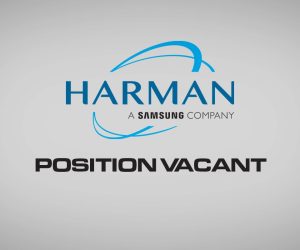



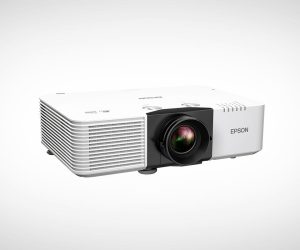
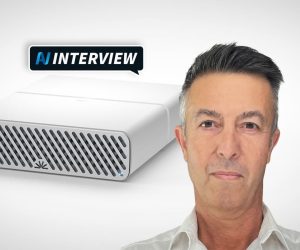

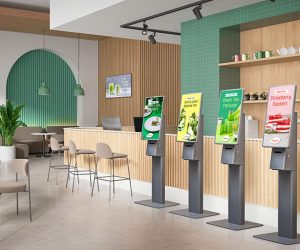
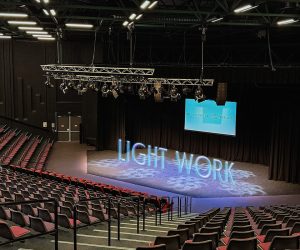

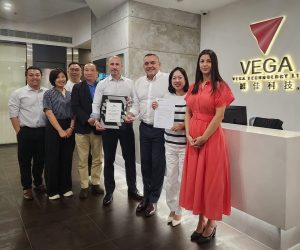
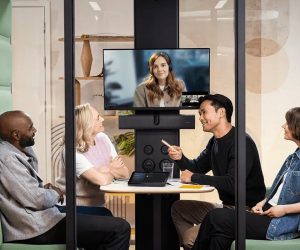


RESPONSES